Home > Key Stage Two > Maths > Year Four Planning > Term One
Unit B – Number Thousands

This maths scheme of work for Key Stage Two gets the children to compare, order and sequence sets of four digits numbers by using the place value of their numerical digits including counting in steps of thousands. The class can illustrate how to build four digit numbers by combining ones, tens, hundreds and thousands.

Compare, order and sequence different sets of four digits numbers by using the place value of their numerical digits including counting in steps of thousands
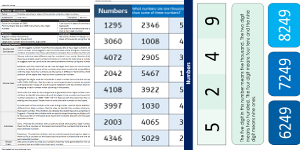
Lesson One : Counting Thousands
Practise counting forward in steps of thousands starting from different four digit numbers to illustrate changes to the place to the thousand digits
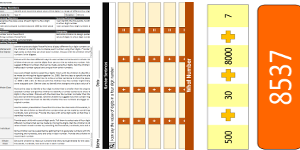
Lesson Two : Number Mixing
Identify and record the place value of the digits in a range of different four digit numbers by using their matching place value addition calculations
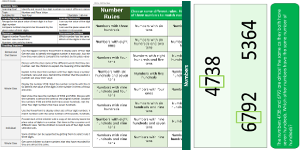
Lesson Three : Number Rules
Identify and record sets of four digit numbers that can match a range of different statements about numbers for the place values of their digits
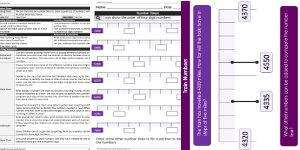
Lesson Four : Number Steps
Identify and record the matching divisions on sets of different number lines to show the sequences of groups of numbers with four digits
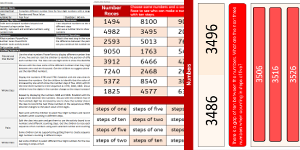
Lesson Five : Number Races
Create and complete different number lines to show sets of four digit numbers with a range of division steps when playing a place value number game

Lesson Presentations
Interactive digital presentations to support the teaching of different topics and themes

Class Games
Find out what teachers are saying about the primary resources they have used to support their teaching

Teaching Ideas
Ideas and advice for classroom lessons and teaching activities to support busy primary school teachers

Teaching Tools
Discover time saving tools to create custom made lesson plans, templates and worksheets to support classroom teaching

Keep Updated
Subscribe to the newsletter to keep updated on the latest teaching packs and get some free ideas for your lessons
